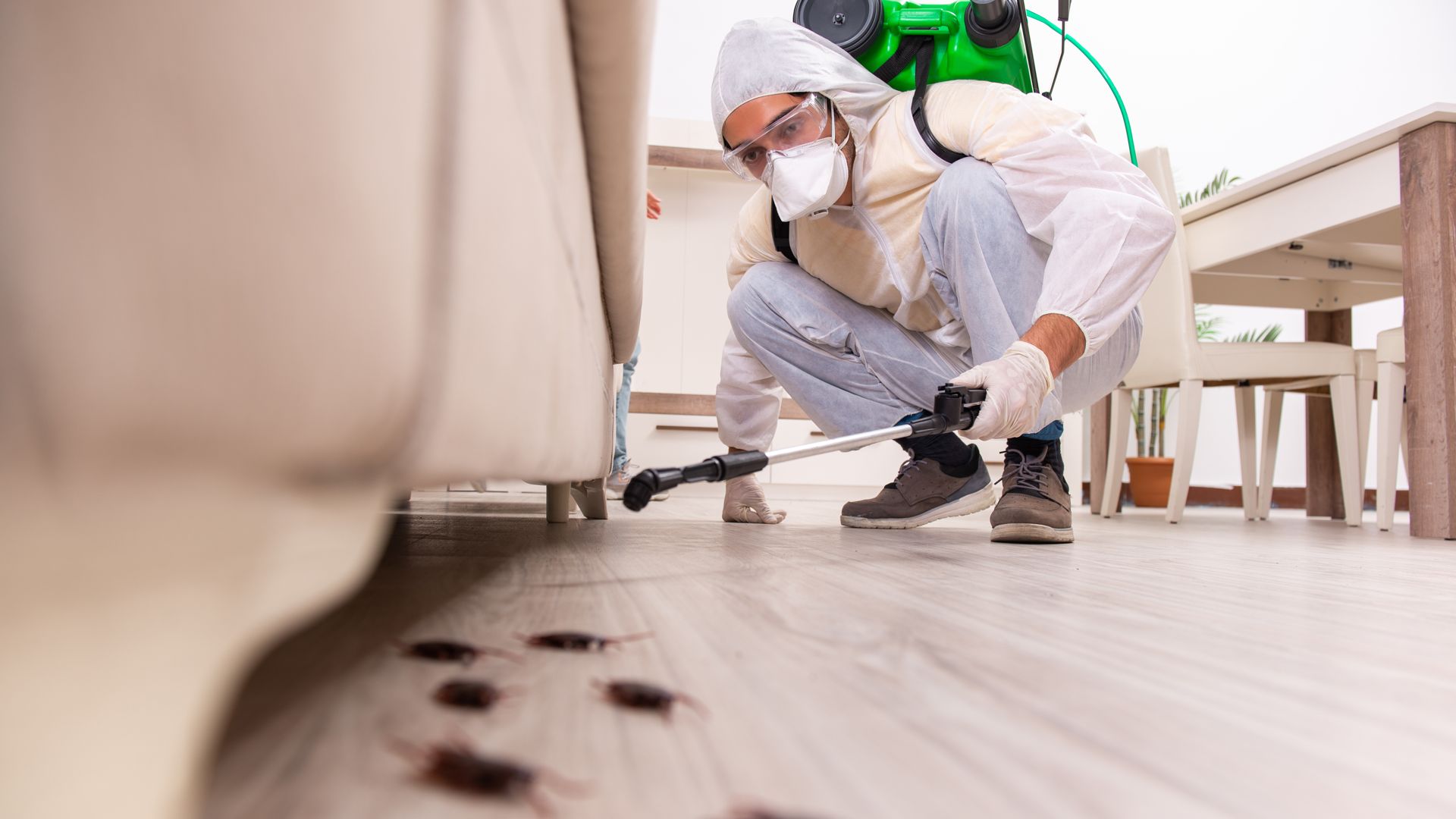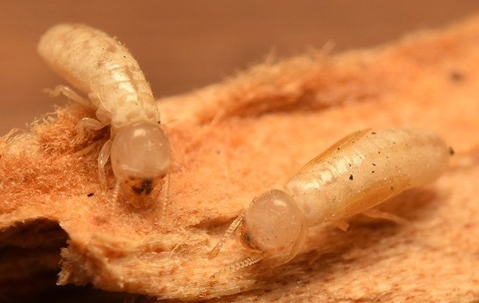While you sleep at night, there may be an army at work destroying your home's foundation. These small, creamy-white creatures can cause tremendous damage and great expense if not eliminated from your San Mateo home. Learn about drywood termites from local San Mateo pest control professionals like Pacific Pest Management. We know drywood termites and how to terminate your termite problem.
Drywood Termites Habits and Behavior
Know the habits and behaviors of your home's nemesis: drywood termites. These termites are so-named because they have a habit of infesting dry wood found in attics, home furnishings, etc. All creatures need moisture to live. Since drywood termites live in dry wood and not the soil, they must get water from the air; they typically are found in humid environments.
Because drywood termites live deep inside of dry wood, you may only see actual drywood termites after a sudden temperature increase, repairing of a home, or when they swarm. Flying adult drywood termites, also knowns as swarmers, fly toward lights in the summer and fall during the daylight hours.
Over the course of a few years, drywood termites slowly develop colonies. Compared to other social insects, the groups are small and range from 1,000 to 2,500 members.
Little Known Signs Of Drywood Termites
Unless you see a swarm, drywood termites are hard to see, but there are indications you can see that point to an infestation.
Signs Of Termites Include:
- Discarded wings
- Termite droppings
- Tunnels in drywood
- Warped doors
- Blistering paint
The droppings of drywood termites consist of mounds of tiny pellets known as frass. Tunnels in wood are known as galleries. The galleries are parallel to the wood grain and weaken the wood. You may hear a crunching sound as you walk over these weakened, hollowed-out areas.
Warped doors are another little-known sign of drywood termites. As the termites bore through the wood in the door and door frames, they produce moisture which, over time, causes the door and frame to warp. Likewise, as the termites create galleries in the walls, the moisture produced may cause the paint on the walls to blister.
How Often Should You Treat A House For Drywood Termites?
Because drywood termites live deep in the wood, they are difficult — but not impossible — to eliminate. For example, if only a few eggs survive fumigation, the termites will rebuild their colonies and resume work.
Homeowners who attempt termite removal through fumigation do not have the tools to determine if the attempt was successful. There are detectors, such as microwave and acoustic, but only a licensed professional team such as Pacific Pest Management will have them at their disposal. Our team can also use other tools like infrared cameras to detect drywood termite activity after treatment.
Since a few termites may survive treatment and the surviving termites are slow to rebuild a colony, we recommend treating the house at least every five years to get rid of termites. In addition, we recommend the annual replacement of termite bait stations.
Action Plan For Treating Drywood Termites In San Mateo
Prevention is the first step in your action plan. As the homeowner, the following should be steps you take to prevent and or control a drywood termite infestation in your San Mateo home:
- Inspect the home visually for evidence of termite damage.
- Move firewood at least 20 feet away from the house.
- Seal foundational cracks and crevices.
- Create barriers between wood and soil.
- Inspect wood parts of the house for damage.
- Remove infected wood from the house.
Although these steps will prove helpful, your action plan should include securing the services of the termite specialist near you: Pacific Pest Management. We have the training and tools to eliminate a current infestation of drywood termites. By developing an action plan and routine home pest control and commercial pest control services, we can prevent future infiltration of these destructive creatures.

